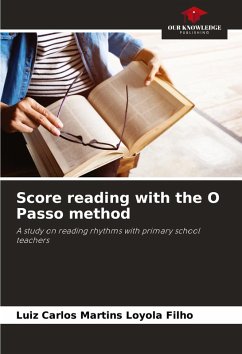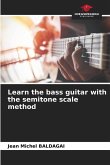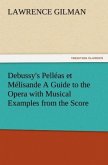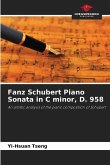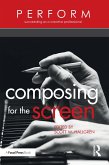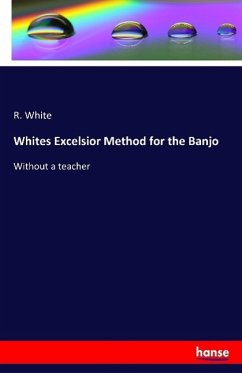Reading sheet music is not an essential skill for making music or being a musician, nor is it a complex task. However, it is a valuable activity, as it promotes the individual's musical autonomy, as well as being a required skill in certain music education and performance contexts. Musicians display different levels of this skill, especially for sight-reading. Knowing how to read rhythm is one of the basic skills for learning to read sheet music. In this research with primary school teachers, the O Passo method was used to learn rhythm reading. The results showed that it was effective in developing rhythmic reading, and that it also motivated the participants both to read scores and to teach their students to do so. This book also reviews the topics of music reading (rhythmic and sight-reading), the O Passo method and motivation.
Bitte wählen Sie Ihr Anliegen aus.
Rechnungen
Retourenschein anfordern
Bestellstatus
Storno

